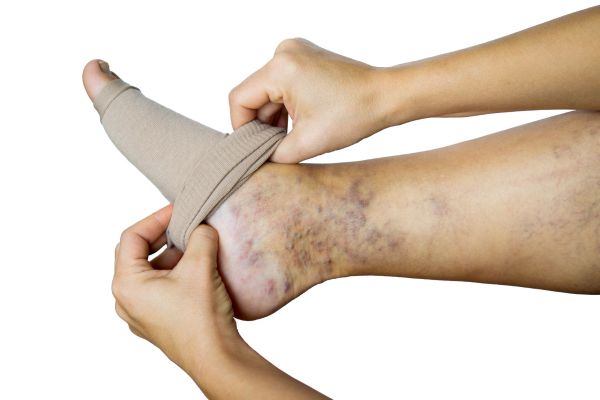
Venous ulcers — also known as venous stasis ulcers or varicose ulcers — are open wounds that occur on the lower legs and ankles due to poor blood circulation. These ulcers are often caused by chronic venous insufficiency, in which the veins struggle to return blood to the heart.
Venous ulcers are a prevalent problem, especially among older adults, and they can be painful and difficult to heal without proper treatment by a vascular specialist.
Causes of venous ulcers
Venous ulcers are primarily caused by venous insufficiency. Several factors can contribute to this condition, including varicose veins, deep vein thrombosis (DVT), obesity, prolonged inactivity or a previous trauma to the leg or ankle.
Symptoms of venous ulcers
Venous ulcers have distinct symptoms, including:
- Open wounds, typically on your ankle or lower leg
- Pain and discomfort
- Swelling
- Red or brown discoloration
- Itching and tingling
- Foul odor, especially in advanced cases
Treatment options for venous ulcers
Proper management and treatment are crucial to promote healing and prevent complications. Your treatment plan may include:
- Compression stockings
- Wound dressings
- Elevation of the affected leg
- Exercise to increase blood flow
- Wound debridement to remove damaged tissue from the ulcer
- Medications such as topical or oral antibiotics
- Skin grafting for larger or non-healing ulcers
Venous ulcers are a common and challenging condition, often arising from chronic venous insufficiency. Prompt and appropriate treatment can significantly improve healing outcomes and prevent recurrent ulcers.
If you have a venous ulcer, make an appointment with a vascular specialist for an evaluation and guidance.